Pregnancy is a beautiful and transformative journey, but it can also be a time of physical and emotional changes. As your body prepares for childbirth, you may experience discomfort, anxiety, and uncertainty. Yoga, an ancient practice rooted in mindfulness and physical movement, can offer a powerful tool to navigate these changes and promote a smoother and more harmonious childbirth experience.
Benefits of Yoga for Childbirth
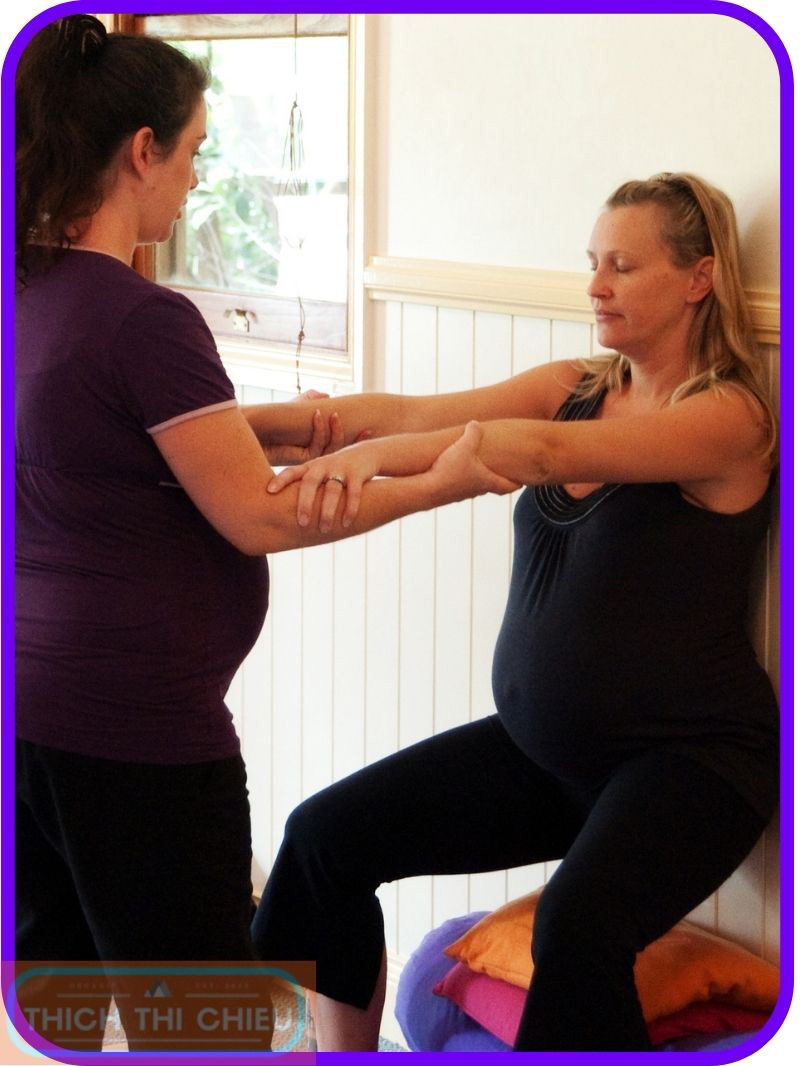
Yoga has been shown to provide numerous benefits for expectant mothers, including:
- Increased flexibility and strength: Yoga postures, or asanas, enhance flexibility in the hips, pelvis, and back, which are crucial for childbirth. Strengthening these muscles can also improve posture and reduce pregnancy-related discomforts.
- Improved breathing: Yoga emphasizes deep, controlled breathing, which is essential for managing labor pains and optimizing oxygen supply to both mother and baby.
- Reduced anxiety and stress: Yoga’s meditative practices, such as pranayama (breathwork) and mindfulness techniques, can help alleviate anxiety and stress, promoting emotional well-being during pregnancy and childbirth.
- Increased body awareness: Yoga cultivates a deeper connection with the body, allowing expectant mothers to tune into their physical sensations and respond effectively during labor.
First Trimester (0-12 weeks)
The first trimester of pregnancy is a time of significant changes in a woman’s body. During this time, it’s important to prioritize rest and relaxation, and gentle forms of exercise like yoga can be beneficial. Here are three yoga poses that are safe and effective for the first trimester:
Malasana (Garland Pose)
Malasana is a squat pose that opens the hips, strengthens the legs, and encourages deep breathing. To do this pose:
- Stand with your feet hip-width apart and your toes pointed slightly outward.
- Squat down as if you were about to sit in a chair, keeping your back straight and your spine elongated.
- Bring your elbows together at your chest and place your palms together in front of your heart.
- Hold for 5-10 breaths, then slowly rise back to standing.
Baddha Konasana (Bound Angle Pose)
Baddha Konasana is a seated pose that stretches the inner thighs and groin, improving flexibility for labor. To do this pose:
- Sit on the floor with your legs extended in front of you.
- Bend your knees and bring the soles of your feet together, allowing your knees to fall open to the sides.
- Fold forward at your hips, reaching your hands towards your toes.
- Hold for 5-10 breaths, then slowly release back to sitting.
Cat-Cow Pose
Cat-Cow Pose is a flowing sequence that strengthens the back and spine, promoting flexibility and relaxation. To do this pose:
- Start on your hands and knees with your spine neutral.
- As you inhale, arch your back, lifting your head and tailbone.
- As you exhale, round your spine, drawing your chin to your chest and tucking your tailbone under.
- Continue flowing between these two positions for 5-10 breaths.
Second Trimester (13-27 weeks)
The second trimester is often considered the golden period of pregnancy, as many women experience increased energy and a sense of well-being. During this time, yoga can continue to be a valuable tool for preparing for childbirth and promoting overall health and wellness. Here are three yoga poses that are safe and effective for the second trimester:
Virabhadrasana II (Warrior II Pose)
Virabhadrasana II is a standing pose that strengthens the legs, improves balance, and opens the hips. To do this pose:
- Stand with your feet hip-width apart and your toes pointed forward.
- Step your right foot back about 3-4 feet, keeping your heels aligned and your toes pointed outward.
- Bend your right knee until it forms a 90-degree angle, keeping your thigh parallel to the floor.
- Extend your arms out to the sides, keeping your palms facing down.
- Hold for 5-10 breaths, then switch sides.
Trikonasana (Triangle Pose)
Trikonasana is a standing pose that stretches the hamstrings, groin, and sides of the body, enhancing flexibility. To do this pose:
- Stand with your feet hip-width apart and your toes pointed forward.
- Reach your right arm out to the side, keeping your arm parallel to the floor.
- Hinge at your hips, keeping your spine straight, and reach your left hand towards your right ankle.
- Keep your gaze focused on your right hand.
- Hold for 5-10 breaths, then switch sides.
Vriksasana (Tree Pose)
Vriksasana is a grounding pose that improves balance, coordination, and focus. To do this pose:
- Stand with your feet hip-width apart.
- Shift your weight onto your left foot and bend your right knee, bringing the sole of your right foot to the inside of your left thigh.
- Place your palms together in front of your chest.
- Hold for 5-10 breaths, then switch sides.
Third Trimester (28-40 weeks)
The third trimester of pregnancy is a time of anticipation and excitement as you prepare for the arrival of your baby. As your body grows and changes, yoga can continue to be a valuable tool for managing discomfort, promoting relaxation, and preparing for labor. Here are three yoga poses that are safe and effective for the third trimester:
Balasana (Child’s Pose)
Balasana is a calming pose that relaxes the body and mind, reducing stress and anxiety. To do this pose:
- Start on your hands and knees with your knees hip-width apart and your toes pointed together.
- Sit back on your heels and fold forward at your hips, resting your forehead on the floor or on a folded blanket.
- Relax your arms alongside your body or extend them out in front of you.
- Hold for 5-10 breaths, allowing your body to sink into the pose.
Utkatasana (Chair Pose)
Utkatasana is a squat pose that strengthens the legs, hips, and pelvic floor, preparing for labor. To do this pose:
- Stand with your feet hip-width apart and your toes pointed forward.
- Lower your hips as if you were about to sit in a chair, keeping your back straight and your spine elongated.
- Extend your arms out in front of you, keeping your palms facing down.
- Hold for 5-10 breaths, then slowly rise back to standing.
Supta Baddha Konasana (Reclining Bound Angle Pose)
Supta Baddha Konasana is a supported pose that stretches the inner thighs and groin, promoting relaxation and hip opening. To do this pose:
- Lie on your back with your knees bent and your feet flat on the floor.
- Place a folded blanket or block under your sacrum for support.
- Bring the soles of your feet together, allowing your knees to fall open to the sides.
- Relax your arms alongside your body.
- Hold for 5-10 breaths, allowing your body to sink into the pose.
Additional Tips for Yoga During Pregnancy
In addition to the specific yoga poses mentioned, here are some general tips for practicing yoga safely and effectively during pregnancy:
Practice in a Safe and Comfortable Environment
Choose a quiet and well-ventilated area where you have enough space to move freely. Make sure the surface you practice on is non-slip and comfortable.
Listen to Your Body and Modify Poses as Needed
Pregnancy brings about physical changes that may affect your ability to perform certain poses as you did before. Don’t push yourself beyond your limits. Listen to your body and modify poses as needed.
Use Props Such as Blocks, Straps, and Bolsters for Support
Props can provide valuable support and modifications during your yoga practice. Blocks can help you reach the floor more easily, straps can help you extend your reach, and bolsters can provide cushioning and support for your body.
Wear Loose-Fitting, Comfortable Clothing
Wear breathable, loose-fitting clothing that allows for freedom of movement. Avoid tight-fitting clothing that may restrict your circulation.
Stay Hydrated Throughout Your Practice
Drinking plenty of water before, during, and after your practice is essential for maintaining hydration and supporting your body’s needs.
Seek Guidance from a Qualified Prenatal Yoga Instructor
A qualified prenatal yoga instructor can provide personalized guidance and ensure that you are practicing safely and effectively during your pregnancy. They can also offer modifications and variations of poses to suit your individual needs.
Additional Tips:
- Warm up before your practice to prepare your body for movement.
- Cool down after your practice to gradually bring your heart rate down.
- Breathe deeply and evenly throughout your practice.
- Avoid poses that require lying on your back for extended periods.
- Be mindful of your balance and avoid poses that place too much strain on your joints.
Remember, yoga is a journey, not a destination. Enjoy the process of exploring your body’s capabilities and limitations, and appreciate the many benefits that yoga can offer during pregnancy and beyond. Hopefully, the above article of TTC has provided you with useful information. If you have any questions or concerns, please leave a comment below.
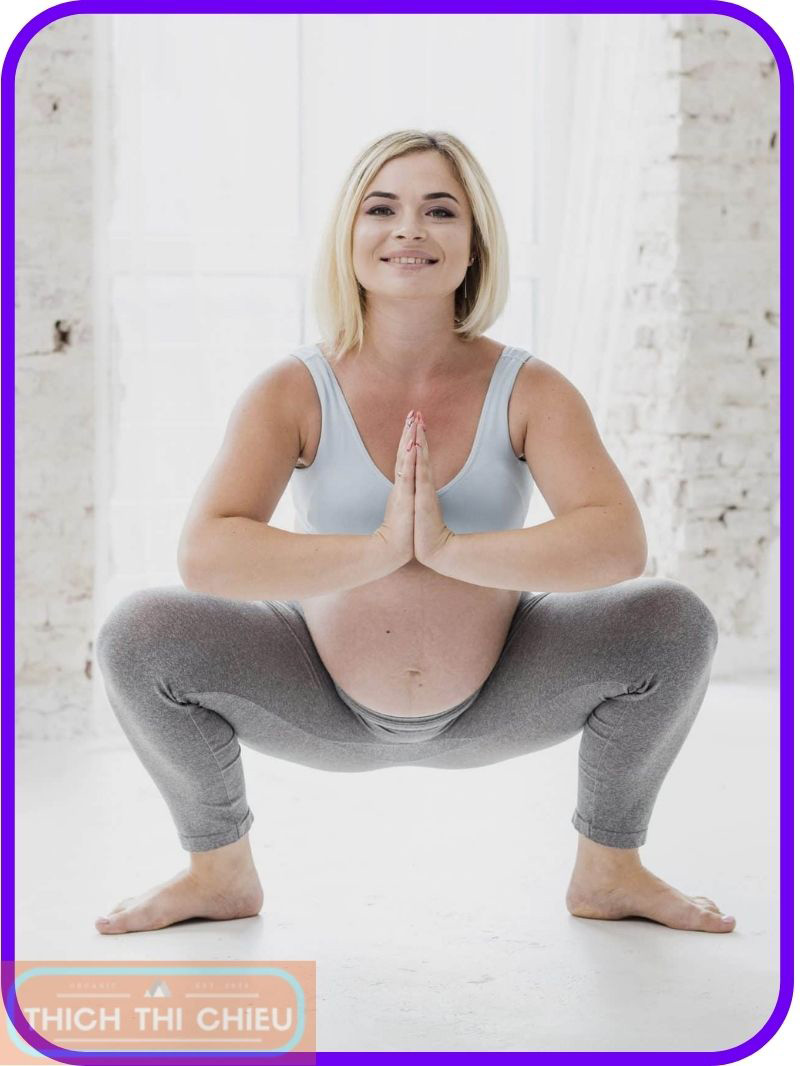
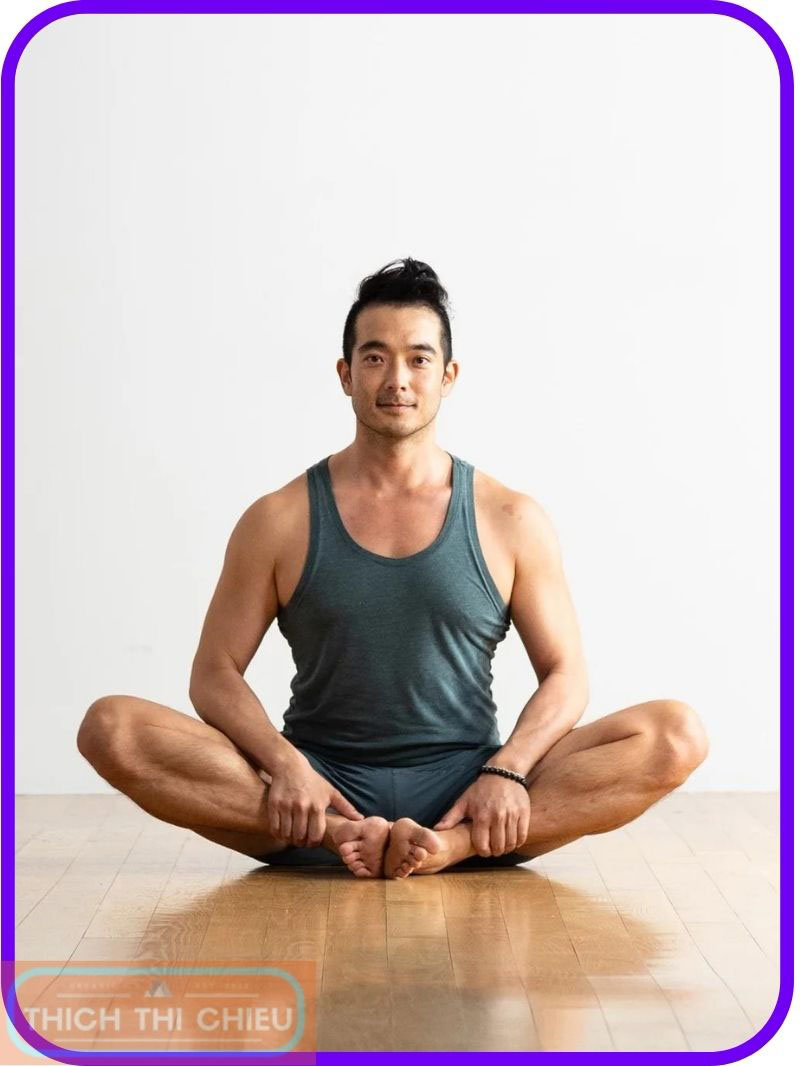
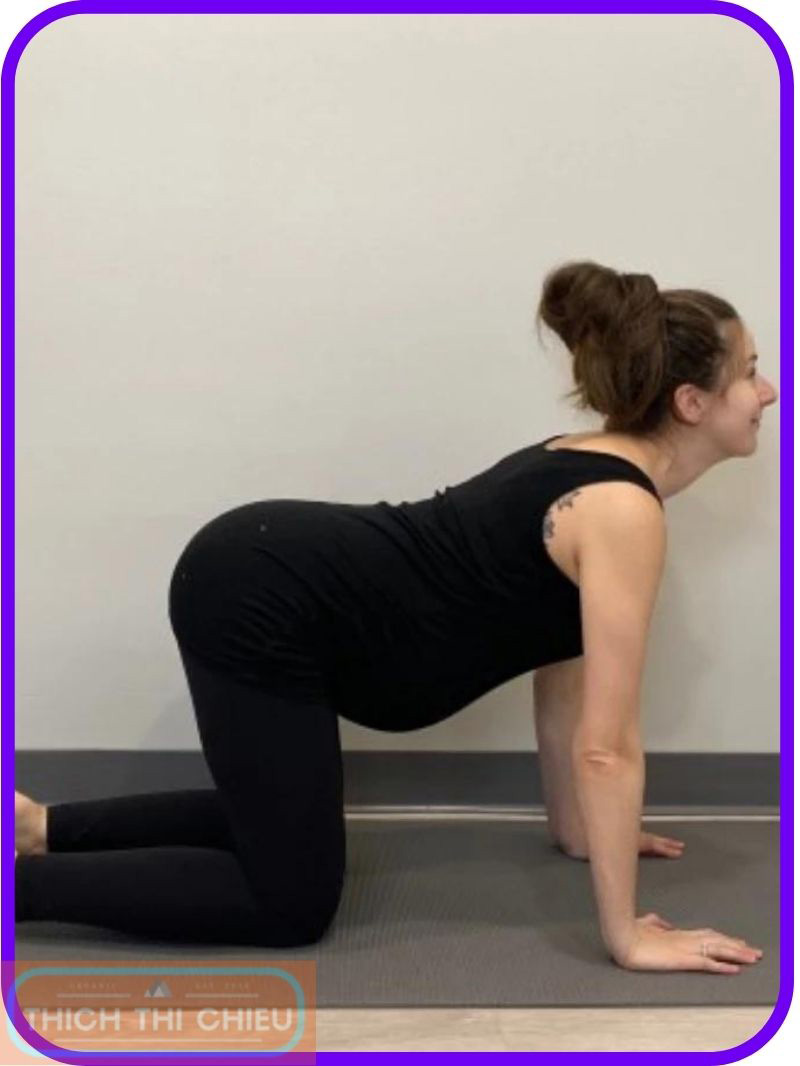
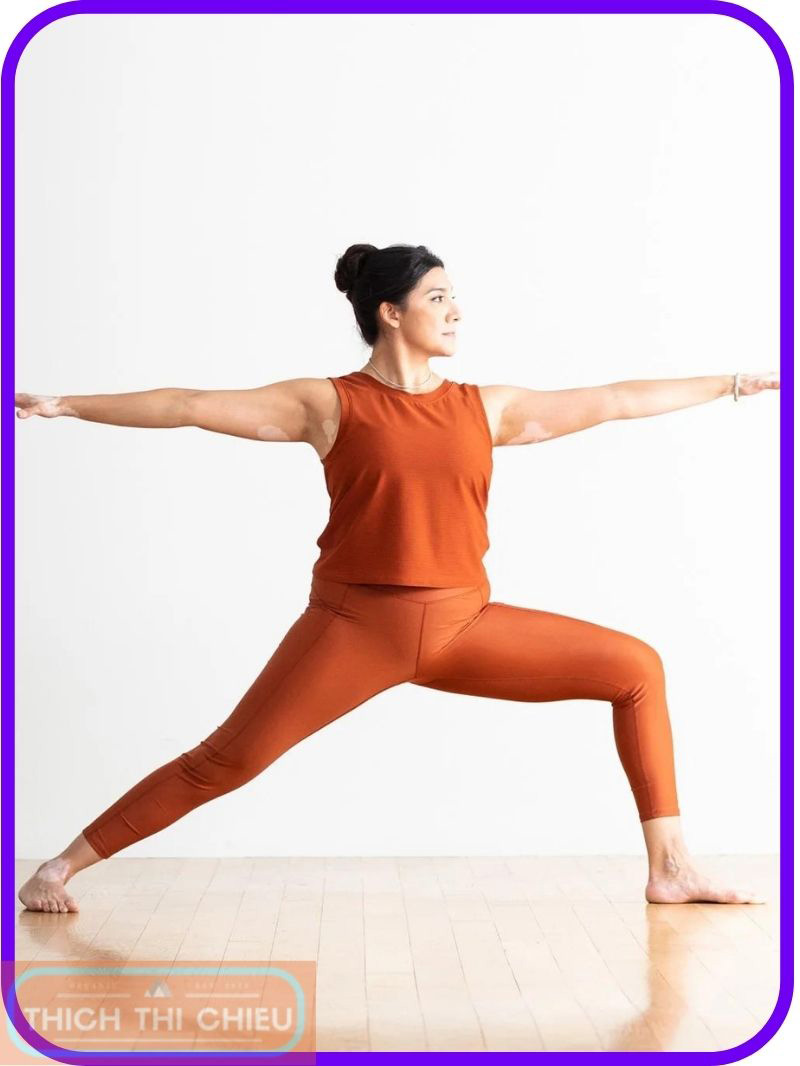
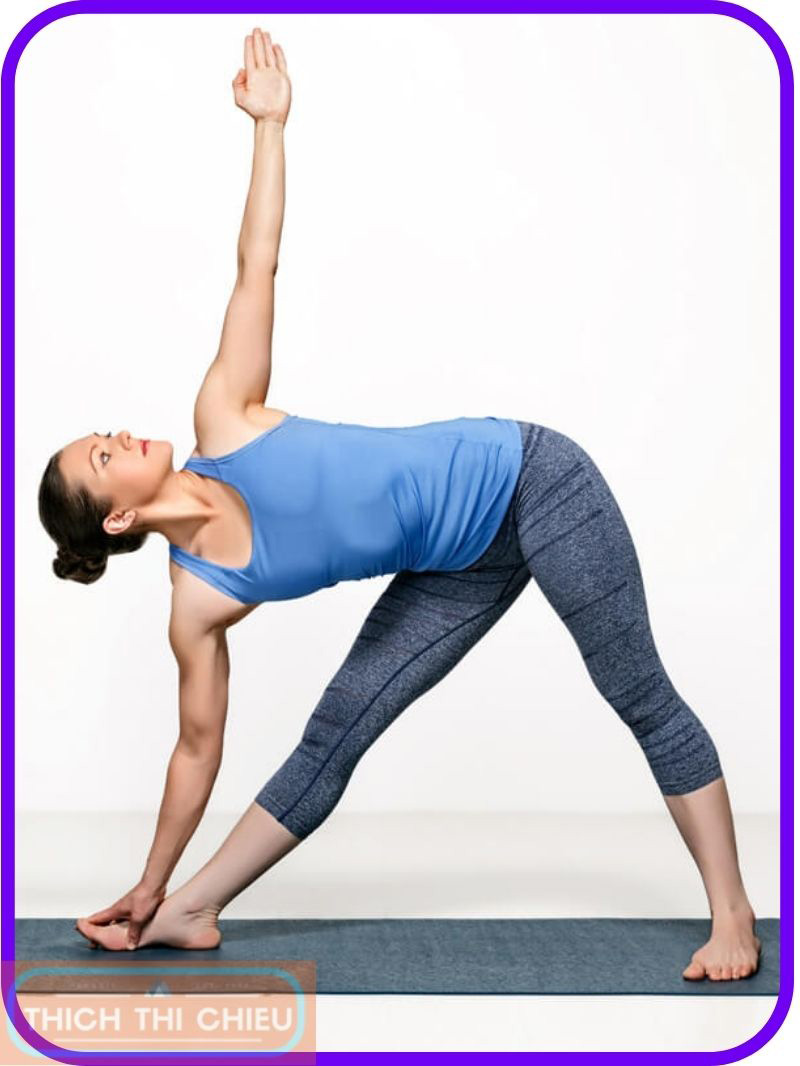
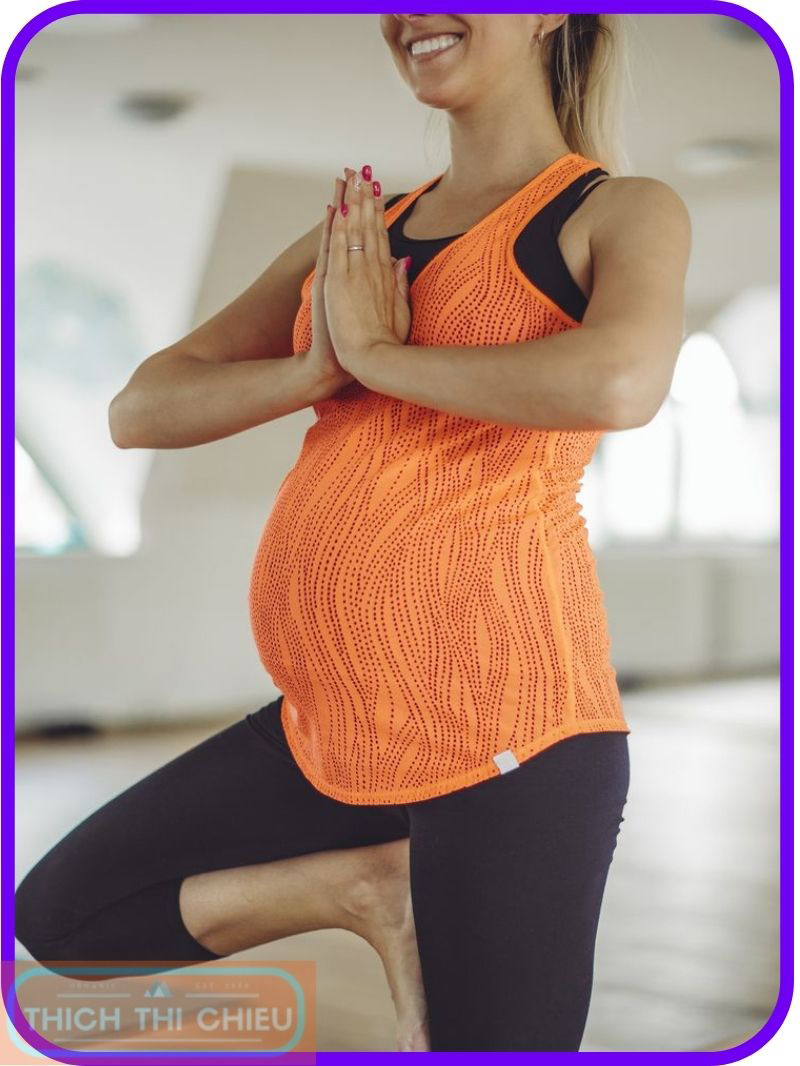
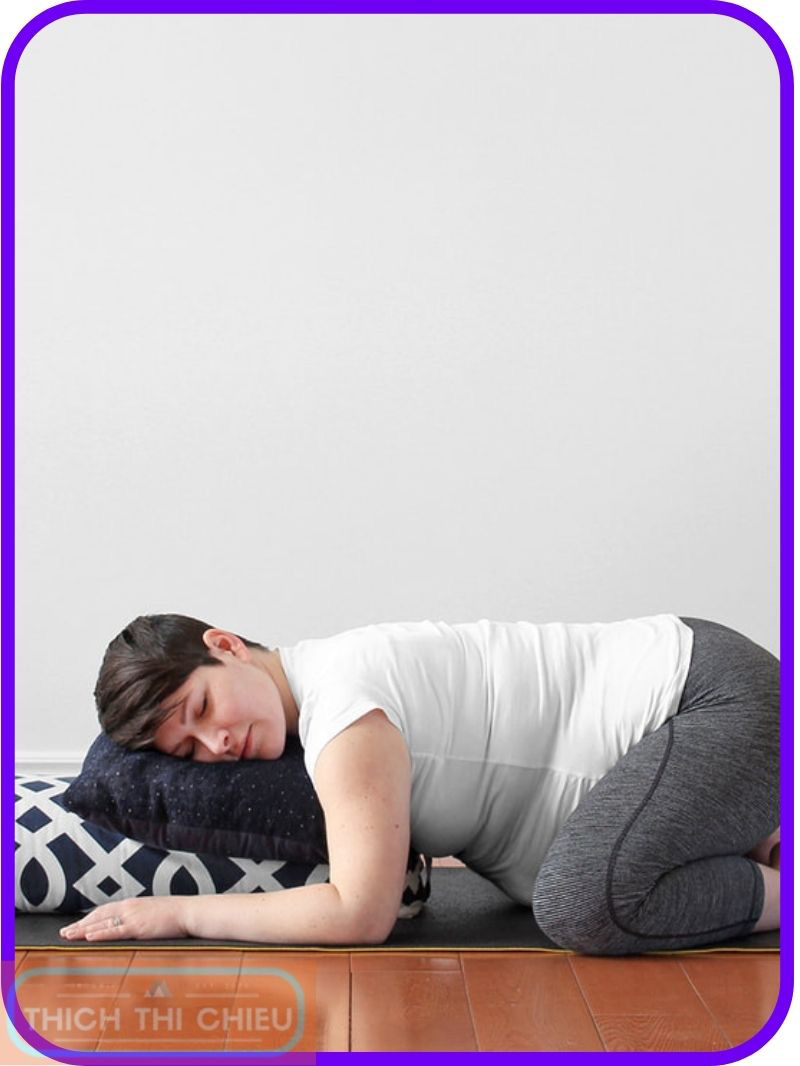
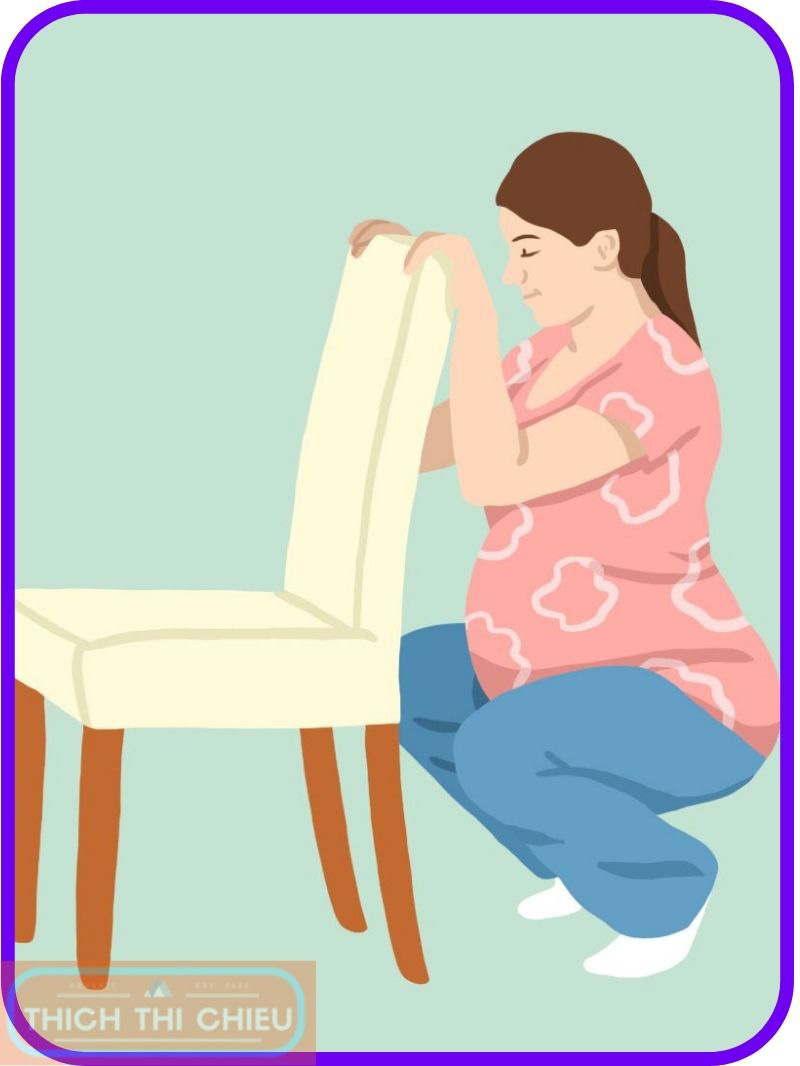
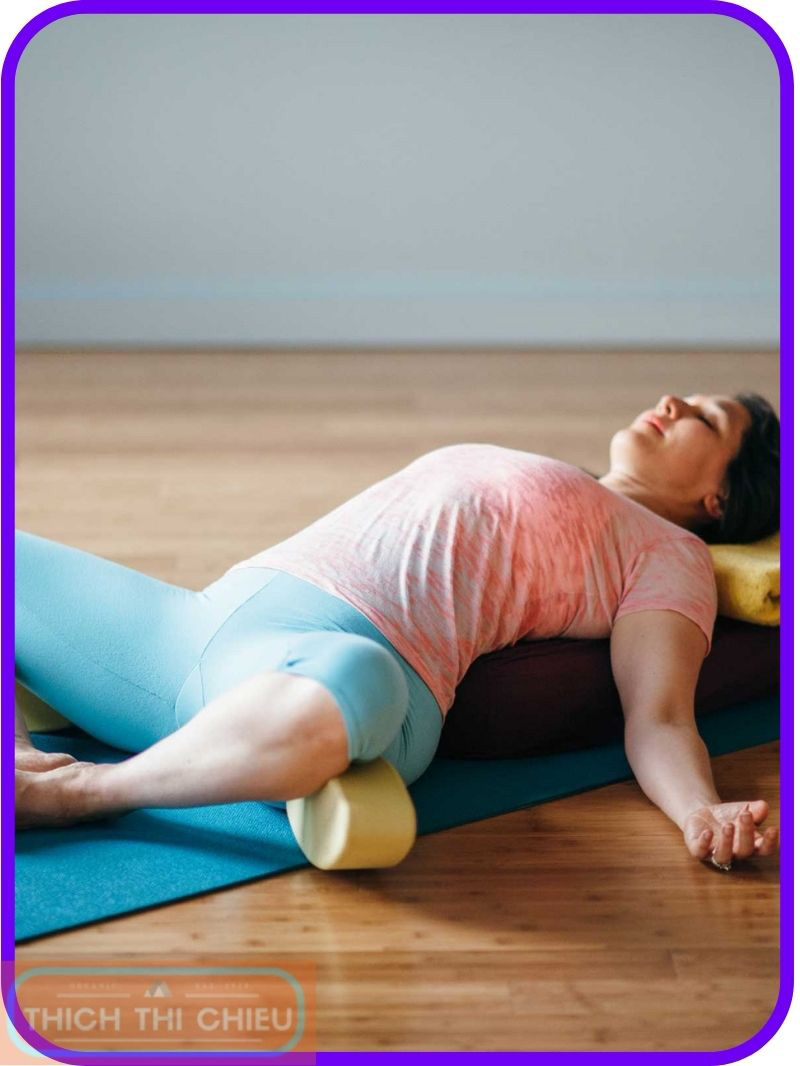





Leave a Reply